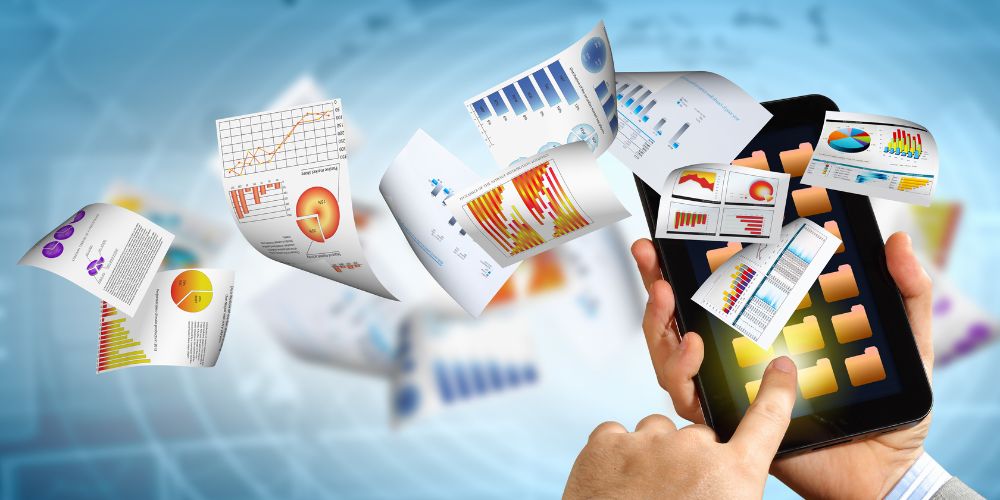E-commerce has greatly risen in the last three years, largely as a result of the COVID-19 pandemic, which pushed millions more people to shop online. Everyone anticipates that online shopping will remain popular; by 2026, global retail e-commerce sales are expected to increase from $5 trillion to over $8 trillion.
It’s not surprising that the number of online retailers and start-up e-commerce companies has exploded. While many e-commerce companies are seeing positive development, not all online enterprises will be successful. New obstacles arise, customer expectations are constantly shifting, and the competition is always trying to trip you up.
Yet e-commerce business owners may set themselves up for success if they are aware of what to anticipate in 2023. You can set up your company to take advantage of upcoming possibilities and minimize harm from prospective threats when you know which trends are on the horizon. Because of this, we’ve compiled a list of the top 5 e-commerce trends for 2023 according to industry professionals.
Top 5 e-commerce trends

1. Omnichannel is essential
A single device or channel does not feel restricted to consumers in 2023. They expect to be able to shop around, compare costs, make a smooth purchase across channels, and switch between devices without losing their place in the buying process.
BOPIS (Buy Online Pay In Store) and in-store experiences like the Apple store, where customers can engage with Apple items while also placing online orders for delivery to their homes, are examples of additional channels. Speech search and voice buying are expanding as well, particularly for groceries, household items, and inexpensive electronics.
2. Social commerce is growing
Thanks to platforms like Shoppable Instagram, social media is becoming a more and more popular location to find new products and make purchases. It is anticipated that social commerce sales will increase from $992 billion in 2022 to $2.9 trillion in 2026. For product recommendations, Gen Z prefers TikTok to Google, and 48% of users have access to TikTok’s direct shopping functionality.
3. Customer service must respond to higher standards
Your clients desire quick responses to their inquiries and prefer to use recognizable platforms like Facebook Messenger, Instagram, and WhatsApp. Increasingly e-commerce companies are implementing chatbots so they can provide first-rate customer care around the clock.
Customers want flexible return policies as well; 67% of shoppers say they research the return policy before making a purchase. It’s also crucial to have complete visibility into the order. It should go without saying that they need to be able to check the progress of their delivery and get updates on the expected arrival time.
4. E-commerce with augmented reality
Many consumers who shop online want some guarantee that they’ll adore the thing when it arrives. Smart online retailers like Kipling, Warby Parker, Zappos, and Sephora are utilizing augmented reality to develop immersive user experiences that enable customers “try on” items of clothes, eyewear, or cosmetics before placing an order. To view how furniture would look in your home, IKEA even has a mobile phone app.
5. Payment options are multiplying
Customers of today want to be able to pay conveniently on any device, often even with cryptocurrencies and digital wallets like Apple Pay and Google Pay. A variety of payment options, such as flexible Buy Now Pay Later (BNPL) services like Klarna, must be accepted by online merchants.
Customers must be reassured that their payment information is secure at the same time. Thankfully, Payoneer Checkout, their payment acceptance system, provides secure, frictionless payments via a variety of payment options.


